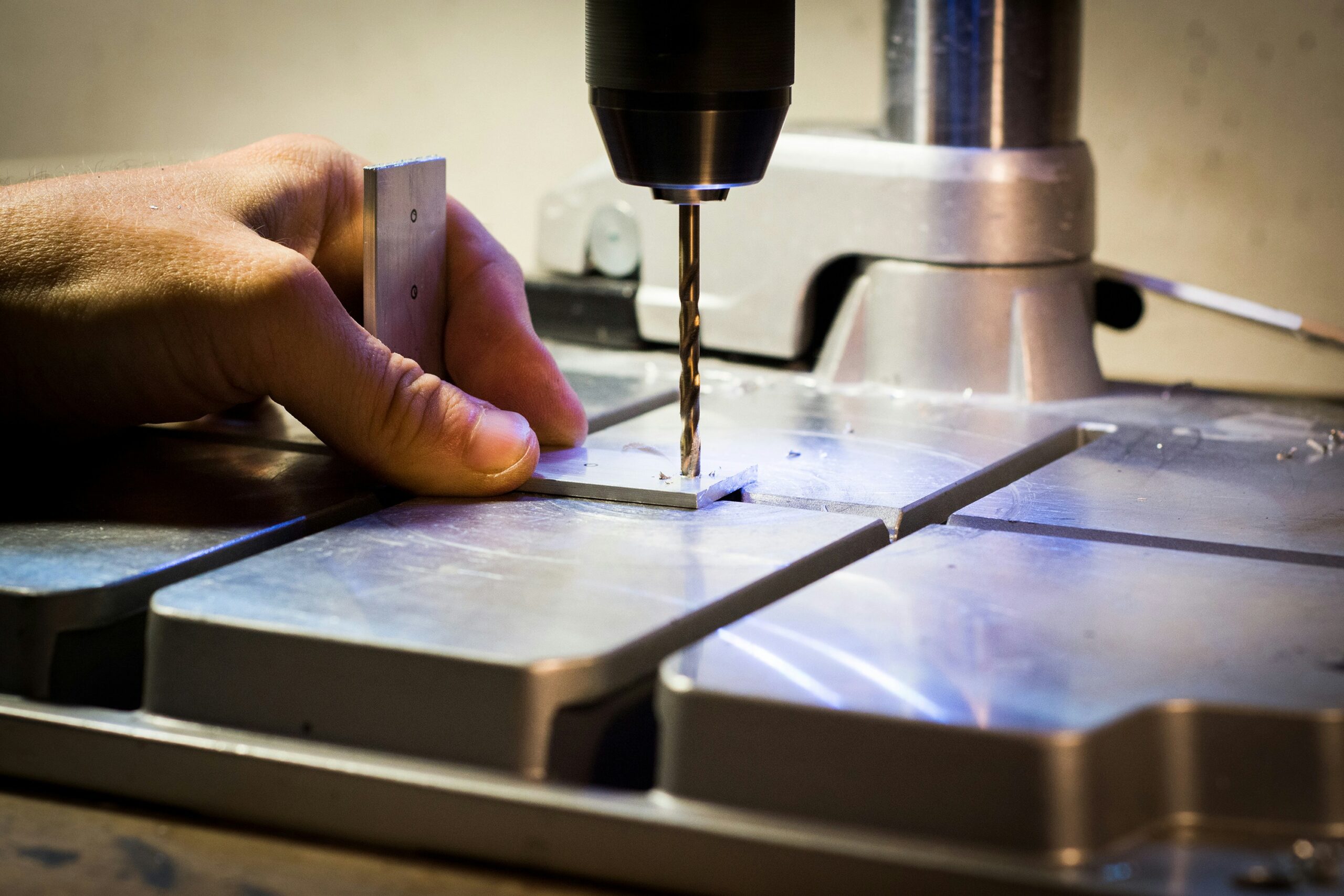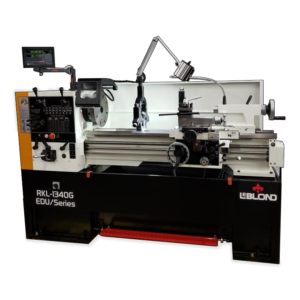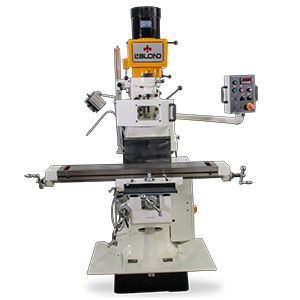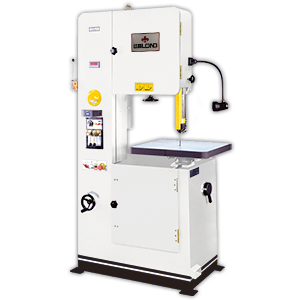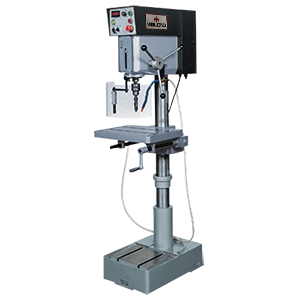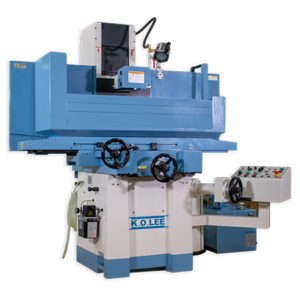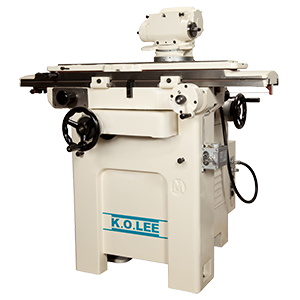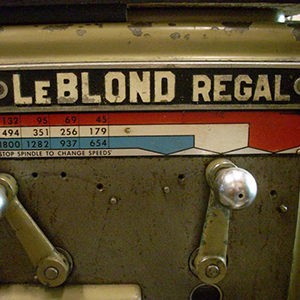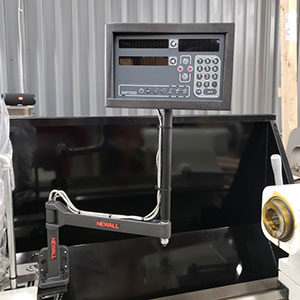When chips are not managed during machining parts, scrap occurs.
You can always bet on LeBlond when machining gets tough. LeBlond helps when the chips are down. In this case, literally when chips are cut from a workpiece. Chips are an important aspect of metalworking. Milling, drilling, boring and turning all throw metal chips. Controlling and clearing chips while machining metal parts is crucial for maintaining machining efficiency, ensuring safety, identifying possible tooling issues, and producing high-quality finished products.
Here are some best practices for machinists to effectively clear chips:
- High-Pressure Coolant Systems: Efficiently remove chips from the cutting zone with coolant systems. The coolant flow maintains a consistent temperature of the tool and workpiece plus flushes chips away from the cutting area. Ensure coolant is directed precisely at the cutting interface to maximize its chip-clearing effectiveness. Contact your coolant supplier for exact products to meet your machining needs.
- Air Jets and Nozzles: Use compressed air jets to blow chips away from the cutting area. This is particularly effective in dry machining operations. Consider using programmable air nozzles directed to different parts of the workpiece during the machining cycle.
- Chip Conveyors and Augers: Integrate chip conveyors into the machining setup to automatically transport chips away from the work area. Use augers to collect and move chips out of the machine, particularly for larger volume operations. Implement robotic systems for automated chip removal, reducing manual intervention and improving consistency.
- Chip Breakers and Tool Maintenance: Use cutting tools with built-in chip breakers to produce smaller, more manageable chips. Regularly inspect and maintain cutting tools to ensure they are sharp and in good condition, reducing the likelihood of long, stringy chips.
- Machine Enclosures and Guards: Safety first. Use machine enclosures to contain chips and coolant within the work area, preventing them from spreading to the surrounding environment. Install chip guards and barriers to protect operators and equipment from flying chips.
- Chip Management Systems: Use centrifugal chip separators to remove chips from coolant, ensuring the coolant remains clean and effective. For ferrous materials, magnetic conveyors effectively remove and transport chips.
- Automated Wash Stations and Vibratory Deburring: Use automated wash stations to clean parts and remove chips after machining operations. Vibratory deburring machines also smooth parts and remove any chip buildup on finished pieces.
Implementing these best practices significantly improves the efficiency of chip removal, enhances safety, and maintains the quality of machined parts. Always bet on LeBlond to help you with your machining needs and questions. Contact LeBlond directly 888-532-5663 option 2 to learn more about chip management best practices.
